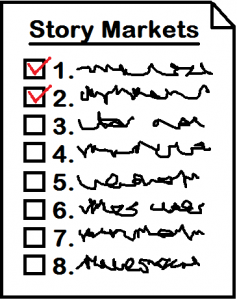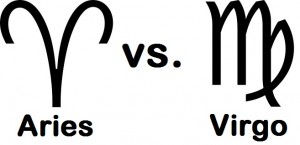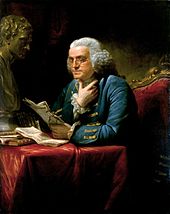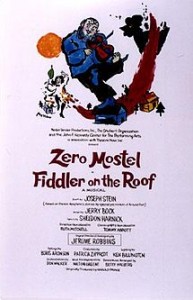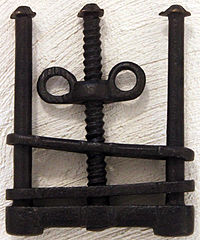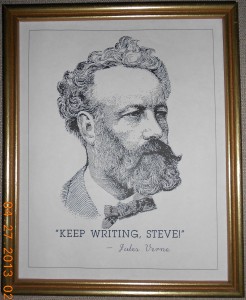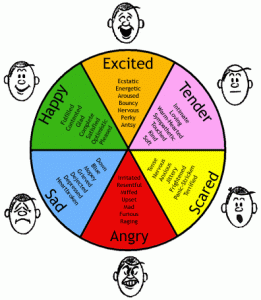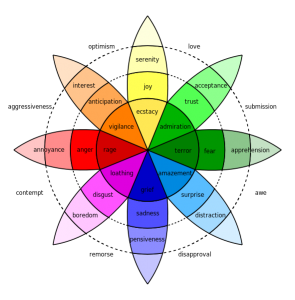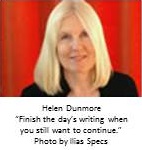If you’re thinking of starting up a blog as a way to improve the quality of your fiction writing, I’m here to tell you—blogging will have just as much effect on your golf swing.
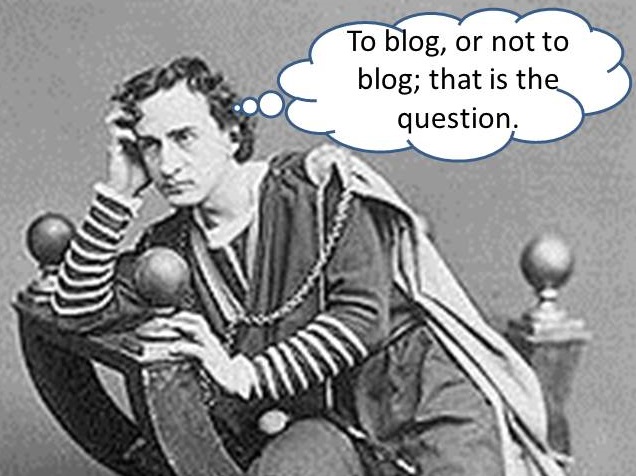 My answer is different if you write non-fiction. Well-written blogs are like essays, with the same structure and purpose. The skills needed are the same.
My answer is different if you write non-fiction. Well-written blogs are like essays, with the same structure and purpose. The skills needed are the same.
For fiction writers, there’s very little in common between your stories and your blog posts. The talents you develop doing one won’t translate well to the other.
It’s even possible for blogging to worsen your fiction writing. Certainly it’s cutting into your productivity, at least. Each precious minute spent blogging is sixty seconds lost and unavailable for writing fiction.
Also, let’s say you become an expert in all the aspects of blogging, able to craft persuasive, short essays with well-researched facts, finely structured arguments, and logical conclusions. It’s possible for that ‘lecturing voice’ to worm its way into your fiction, and you don’t want that.
Am I telling you, the beginning fiction writer, not to blog? No, I’m just helping you set expectations; blogging won’t make your fiction better. But there are several valid reasons for fiction authors to blog:
- It helps enforce schedule discipline, and to associate deadlines with writing. This is only true if you post to your blog on a regular basis. Whether you write fiction or non-fiction, getting to ‘The End’ is important.
- It’s a form of self-education. When I come across an idea for a future blog entry, I add it to my list, (which is quite long now). When I look to see what topic is scheduled for any particular week, I find it generally involves a bit of research. So while blogging about the craft of writing, I’m coming across knowledge I can use.
- The best reason for a fiction writer like you to blog, though, is to build your platform, increase your web presence, and connect with readers.
Blog if you want to, but don’t go into it thinking it’ll make your fiction better. For those of you who disagree, that’s what the comment feature is for. Please comment and let your views be known to the world and to—
Poseidon’s Scribe

